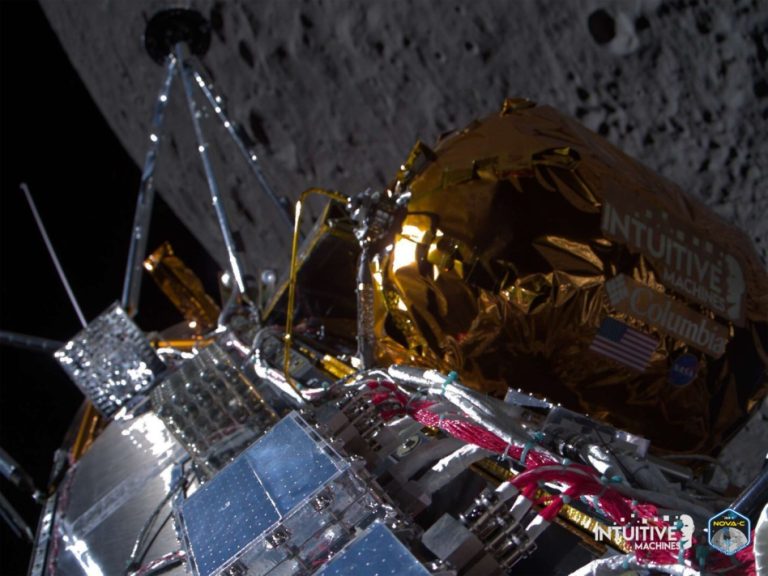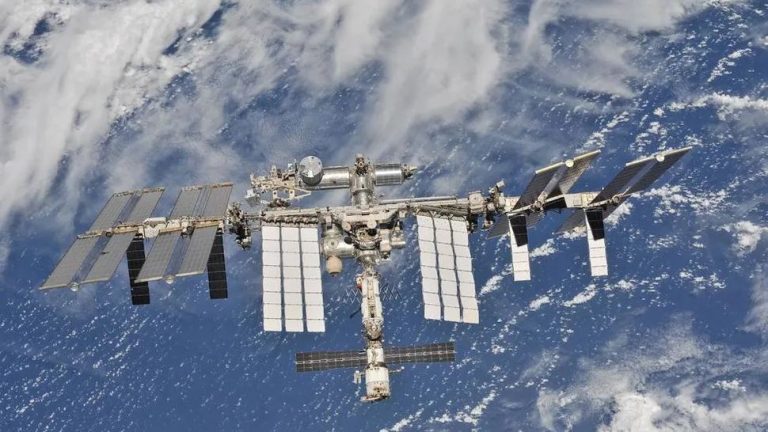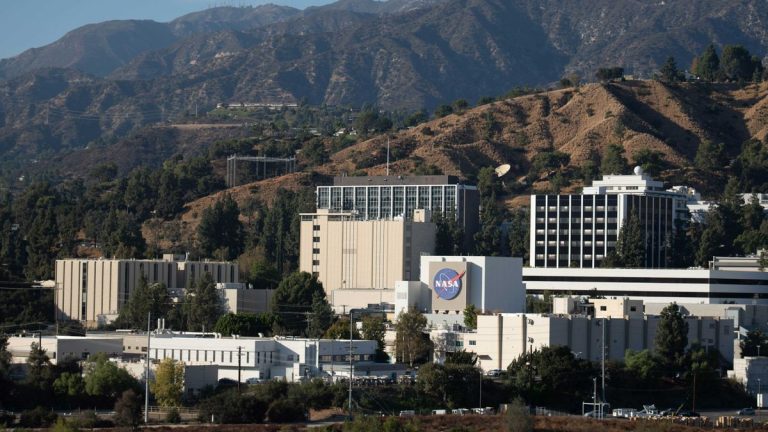
Redefining Cybersecurity in Space: An Interview with Rivada’s Declan Ganley (Image Credit: Rivada Networks)
With recent advances in quantum computing, a specter looms over all electronic communications: Is any data safe in a post-quantum world?
Bold claims are made on both sides: Start-ups researching post-quantum encryption boast great progress in securing encrypted data against quantum-computing-based attacks. At the same time, quantum-computing researchers, whose real-world applications remain nascent, claim with equal self-assurance that they can still break the code.
Who is right and who’s wrong is impossible to say—the truth is that both attack and defense are in their early stages of development. But what is clear is that forward-looking communications technology companies—and their customers—have to grapple with these issues today, or risk seeing the next generation of networks rendered vulnerable or obsolete.
These considerations go double in space, where you can’t just replace a component in a rack to update your network. So we sat down with Rivada Space Networks CEO Declan Ganley to find out how the new kid on the satellite block thinks about cybersecurity and the needs of its customers.
Q: Can you quickly describe Rivada’s approach to cybersecurity?
DG: Security experts like to talk about concepts like “defense in depth,” and that is very much our approach. But I always start with our network architecture itself. Unlike traditional “bent pipe” constellations, Rivada’s a true orbital network. Every satellite is a node in that network, which can communicate at high data rates with its neighbors via intersatellite links. As a result, data can be sent securely between any two points on the planet without ever having to touch another network.
That fact alone already makes our constellation inherently super-secure: Unless it’s intercepted at the start- or end-point, it stays in-network, drastically reducing the attack surface for our customers. This is especially important to some customers in the government sector, where security is paramount. But it’s also vital for certain commercial customers as well.
Q: Does this mean that encryption isn’t necessary for traffic on your constellation?
DG: Encryption is still important, and I wouldn’t suggest that any customer send sensitive data “in the clear,” just out of prudence. And to this end, we’ve also signed a deal with SpeQtral to implement quantum-key distribution over our orbital network. While our network-in-space architecture reduces the attack surface, that’s no reason to be complacent. Our customers will be able to take advantage of state-of-the-art encryption on top of a uniquely secure network design. That’s why we call our constellation “ultra-secure.” We’re excited to be working with our manufacturing partner Terran Orbital and other innovators in the industry to ensure that our satellites are capable of meeting the security needs of the future as well as the present.
Q: Can you say a little more about the network architecture, and why it’s unique?
DG: Sure. Here an example might help: Say you have an airplane, flying long-distance across the Pacific Ocean. Using the Rivada network, that plane connects to one of our satellites while in flight. In this example, we’ll say that the customer’s ground-based user terminal is in California. As it travels from East to West, it crosses from one orbital plane of our constellation to another. What’s more, over time, the satellites themselves are passing overhead from north to south or south to north, and so the particular satellite or satellites the plane connects to changes throughout the journey.
But regardless, the data that plane is sending and receiving passes from the aircraft, to one of our satellites, and then gets passed from satellite to satellite using lasers until it gets back to California, where it’s beamed down to the customer’s user terminal in LA. The path lengthens as you fly west over the ocean, and the number of hops will increase, but what doesn’t change is this: Your data stays on our network in space until it reaches your secure origin or termination point. And how you route it from there is up to you. No one else, as far as I know, can offer that level of security-by-design across long distances.
In security terms, what this means is, your data isn’t traveling through Other People’s Fiber, where it’s potentially subject to interception or redirection. It’s not traveling through Other People’s Equipment, with goodness-knows-what unpatched security risks. It’s with us, in space, until it gets back to you. Period.
This also means, by the way, that we can route your traffic over long distances with lower latencies than terrestrial fiber—because light travels faster in the vacuum of space than it does through fiber-optic cables. For some applications, those fractions of a second can, and will, matter.
Q: Thank you for your time.








